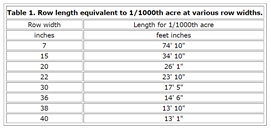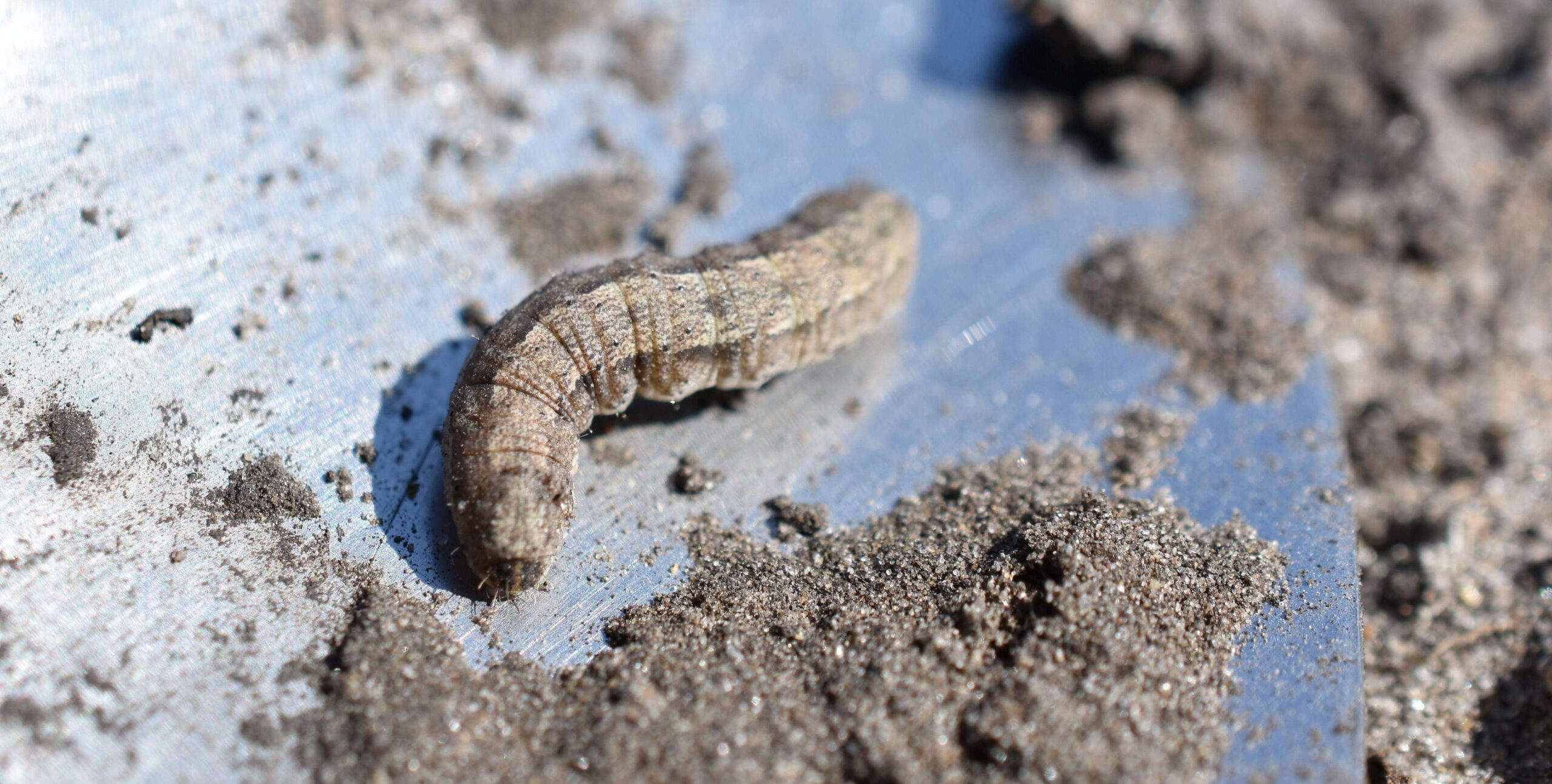Sunflower Frost Tolerance

Frost Tolerance
Sunflowers are fairly frost tolerant up to the V4 or 4 leaf stage. The cotyledons just emerging are most frost tolerant, with risk of injury increasing as the plant adds leaves. If sunflowers become brown or black and the terminal bud is severely damaged, plants will not recover. Less severe frost damage may result in loss of apical dominance and plants will exhibit branching from axillary buds, resulting in multiple heads later in the season.
Tolerance to frost in sunflowers can be influenced by the hardening off process. If it is cool or cold for several days previous to the frost, seedlings may have better tolerance to lower temperatures. (https://www.gov.mb.ca/agricult…)
Plant Population
As the crop appears to be fully emerged in the late VE staging, it is a great time to do population counts to determine planting accuracy. Not all sunflower plants may have emerged at this stage, which makes timing appropriate. If the majority of the crop has emerged, a producer should be assessing what percent of the crop remains below the soil surface and why they are behind the rest of the crop. Dry soil, poor seed to soil contact, and consistent planting depth were all planting issues that have to be contended with in extremely dry planting conditions. Go out to the field and do some plant counts now to determine what may have gone wrong just a few weeks ago. Assessing a planting situation at harvest is not the time to learn from mistakes or environmental challenges.
To estimate plant population of emerged crop, determine the length of 1/1,000th acre using the table below (http://corn.agronomy.wisc.edu/AA/A033.aspx). Measure that distance out and count how many plants have emerged. Record the number. Repeat this 10 times at random locations to get an estimated average of final plant population.
This is also the ideal time to be scouting for cutworms. John Gavloski, provincial entomologist with MARD, suggests scouting to make sure some cutworms are present before applying an insecticide. This time of year there can be a lot of natural enemies emerging. One John sometimes finds in high numbers early in the season is a small ground beetle called Bembidion, that can be very good at keeping levels of some other insects down. John warns that it would uneconomical to take out populations like these if the cutworm population was low. The take home message with early cutworm control is to always scout before applying an insecticide and avoid the proactive insecticide application.


